With U.S. electricity demand surging, two critical grid infrastructure components may be facing a significant supply shortage in 2025, said a report from Wood Mackenzie.
Since 2019, power transformer demand has increased 119% and distribution transformer demand has increased 41%. The firm expects a supply deficit of 30% for power transformers in 2025 and 10% for distribution transformers.
Wood Mackenzie attributes this demand spike to growing electricity consumption, which has increased 7% since 2020, reversing a 1% decline from 2010 to 2020.
The report said the United States lacks manufacturing capacity to keep pace with demand.
“Utilities are routinely turning to the import market to meet project timelines. In 2025, imports will account for an estimated 80% of U.S. power transformer supply and 50% of the distribution transformer supply,” said Ben Boucher, senior analyst, supply chain and data analytics, Wood Mackenzie.
The market imbalance is causing escalated costs and lead times, delaying the United States ability to bring generating plants online in pace with surging demand, said Boucher.
Policy shifts, including new rules under the One Big Beautiful Bill, are expected to exacerbate the shortage, pushing transformer prices higher.
“Transformer costs are expected to increase due to new tariffs, as both imported and domestically produced units will be subject to higher unit costs due to the wide array of new tariffs, with more, including 50% on copper, set to come into effect in August, further intensifying the cost increases,” said Boucher.
However, some relief may be on the horizon. Manufacturers have announced $1.8 billion in capacity expansions since 2023 in the North American market. Wood Mackenzie said further expenditure will be needed to rebalance the market.
The report said the convergence of accelerating electricity demand, aging infrastructure and supply chain vulnerabilities will persist well into the 2030s.
Boucher recommended that utilities embrace standardization to unlock manufacturing efficiencies, while policymakers are recommended to balance trade protection with supply security. Investment in workforce development and raw material supply chains also prove important, said Boucher.
This content is protected by copyright and may not be reused. If you want to cooperate with us and would like to reuse some of our content, please contact: editors@pv-magazine.com.
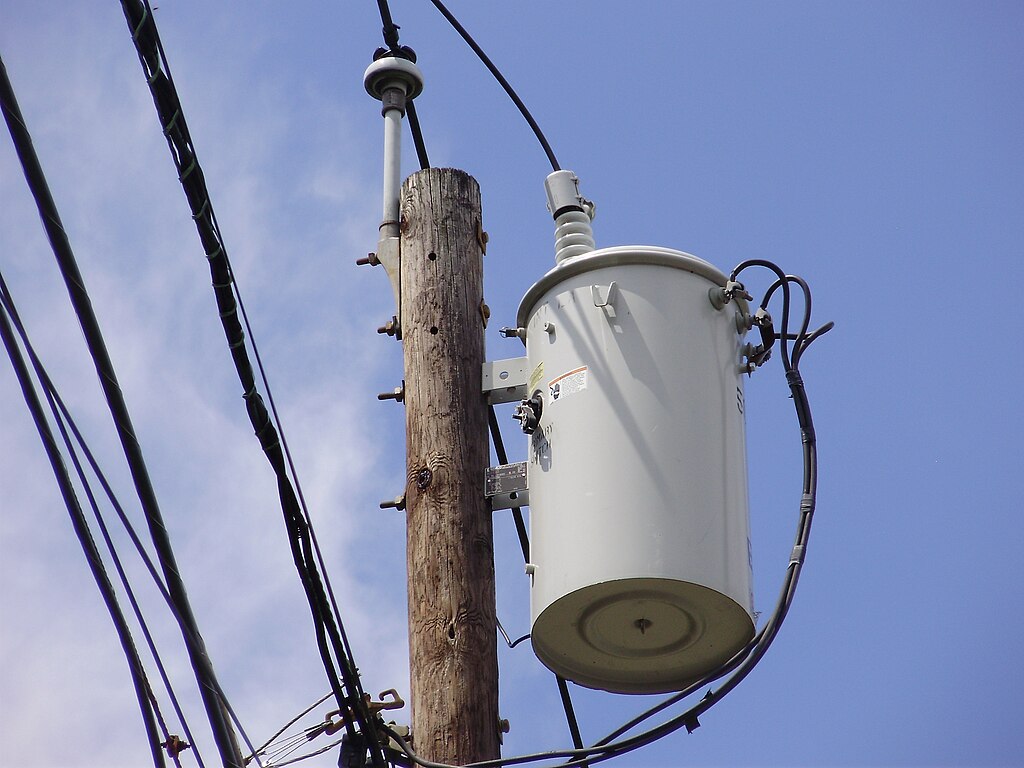
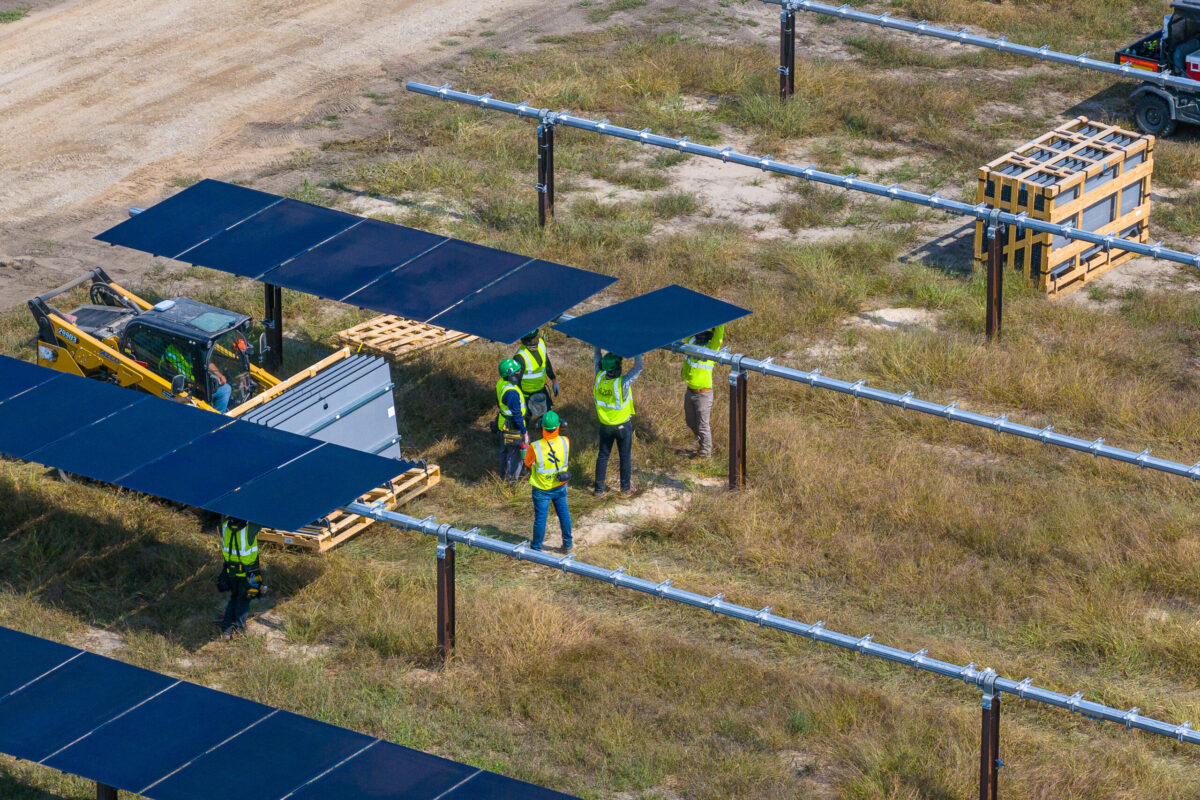


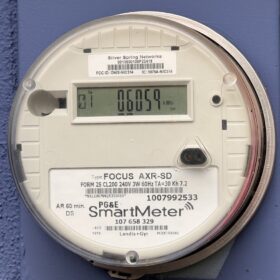


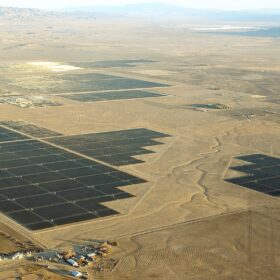
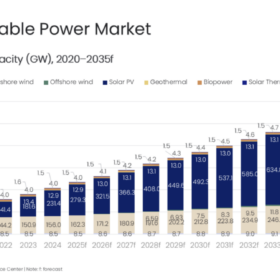
By submitting this form you agree to pv magazine using your data for the purposes of publishing your comment.
Your personal data will only be disclosed or otherwise transmitted to third parties for the purposes of spam filtering or if this is necessary for technical maintenance of the website. Any other transfer to third parties will not take place unless this is justified on the basis of applicable data protection regulations or if pv magazine is legally obliged to do so.
You may revoke this consent at any time with effect for the future, in which case your personal data will be deleted immediately. Otherwise, your data will be deleted if pv magazine has processed your request or the purpose of data storage is fulfilled.
Further information on data privacy can be found in our Data Protection Policy.